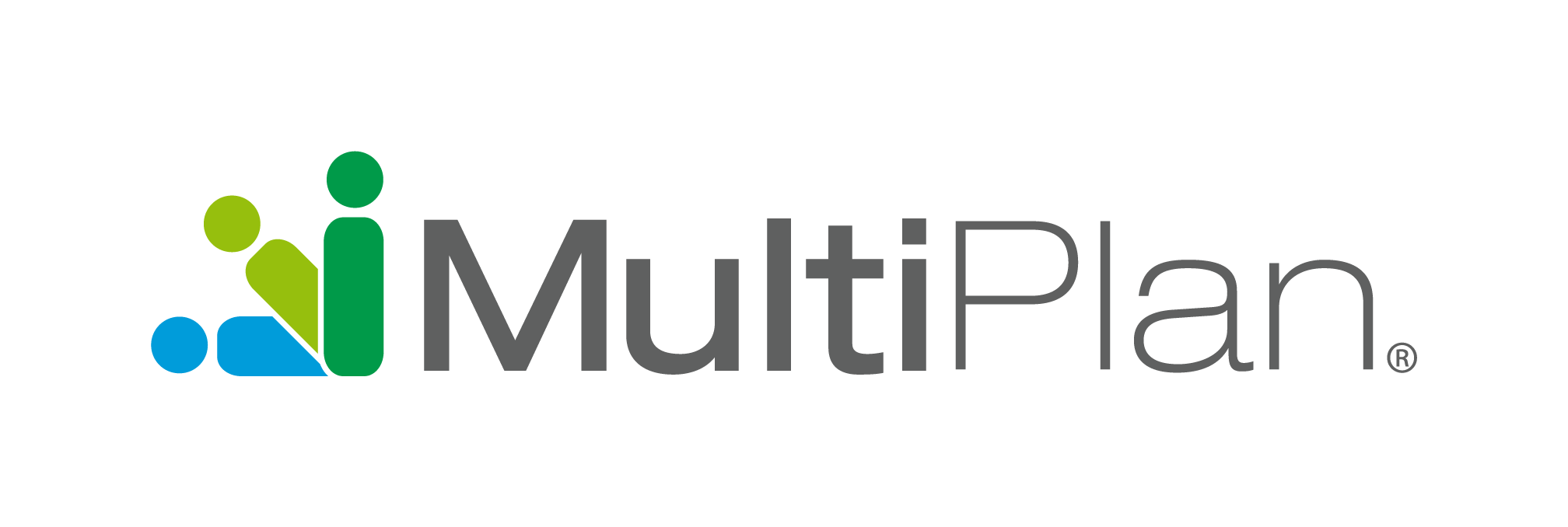State of the Market
When employees and employers think of healthcare, adjectives like, “expensive” and “costly” may come to mind. Health systems, policy analysts, and other healthcare experts agree. They’ve labeled the rising costs in U.S. healthcare as unsustainable. The Journal of the American Medical Association (JAMA) recently reported that a survey consisting of 1,700+ non-federal public and private employers shows the average premium for family coverage has increased by more than 50% in the last decade while deductibles have increased 110% from approximately $600 to $1,364.(11)
The impact on employers
Navigating the rising costs of healthcare is difficult for employers who are looking to offset organizational healthcare costs while enabling sustainable/affordable benefits for their employees. Experts estimate employers shoulder approximately 70% of the cost yet employee contributions have increased 40%.
According to SHRM, a survey of more than 300 large employers indicated that they are spending an estimated $13,000+ per covered employee or dependent, that’s approximately 70% of the costs for care. The costs keep rising for both employers and their employees, with no end in sight.
The impact on employees
Some experts believe that the increasing cost of care and higher premiums have contributed to wage stagnation in the U.S. As JAMA notes, from 2007 to 2019, the average U.S. salary increased at an extremely modest rate of 11%, so in a little over a decade, the average U.S. salary went from $62,865 in 2007 to $69,560 in 2019. As of Q2 2022, inflation is at a 40-year high, even with wage increases the average American salary will have trouble keeping up with the aggressive rise in the healthcare costs.
The impact on health systems
One of the largest impacts of rising healthcare costs on health systems is the cost of labor. The American Hospital Association reports labor costs per patient are up 19%. In order to offset expenses like rising labor costs, some health systems are forced to raise their prices by as much as 15%.
The impact on payors
Payors are not immune to the difficulties of rising healthcare costs. Right now, payors and health systems are in a gridlock where payors are looking to offset the burden of rising costs for clients while health systems look to recoup labor costs. Becker’s Payer Issues reports a recent RAND Corp. study found in 2020, commercial payors paid an average of 224% more than Medicare for inpatient and outpatient services at some health systems. In addition to being subject to the radical difference in pricing, payors are at risk of business stagnating as the Baby Boomer population enrolls in Medicare. In addition, as the U.S. continues to progress towards a post-pandemic world, rising health system costs mean members may delay the onset of care, leading to a sicker and more costly reimbursements for payors.
Stabilizing an unstable system
With healthcare costs significantly increasing, how can employers, health systems, and payors find stability in a turbulent market? Some experts are championing data-driven approaches to assess the cost of care. In an article for Health Affairs, one author suggests using Medicare rates as an initial starting point combined with the right structure and plan engagement, a solution for some that comes in the form of reference-based pricing.
Reference-based pricing is not a new concept, but with the rapid rise of healthcare costs, it offers a viable alternative. In the wake of the COVID-19 pandemic, plan members have demanded a greater understanding and transparency of care costs from payors and health systems. A LUGPA survey of more than 1,000 people showed that 66% of those surveyed believed transparency may help improve U.S. healthcare while more than 90% of respondents believe that the cost for care should be publicly disclosed and reported.
Reference-based pricing services offer a reasonable, data-driven solution to help members shop for care, employers lower their care costs, and promote health system-payor collaboration.
VDHPs: Reference-based pricing services done right
How can employers implement reference-based pricing to drive members, providers, and plan engagement? Several companies have turned towards technology like HST, a MultiPlan company. HST’s Value-Driven Health Plan services (VDHP) enable high-engagement, low-cost health plans.
Value-Driven Health Plans integrate Medicare and cost-plus pricing with high-engagement with pre-service and post-service tools. For example, members can shop for care via a mobile app/website, HST Connect. Meanwhile, providers enjoy prompt reimbursement through innovative payment tools like QwikPay. Proprietary data analytics tools allow employers to track employee engagement with the plan and overall organizational healthcare savings.
By combining next-generation reference-based pricing services with engagement tools, HST provides the necessary framework for VDHP services to be successful while keeping the member, provider, and employer satisfied.
Case Study 1 – National Childcare and Educational Services Organization
A national provider of childcare and educational services replaced their traditional PPO plan with a standard VDHP, a PPO network plus the added benefit of access to nationally recognized health systems including Advocate Aurora and Beaumont Heath. In 2021, the national organization’s Value-Driven Health Plan (VDHP) performance yielded more than $70,000,000 in savings and a 56:1 ROI. So, for every $1 the company invested, the plan saved $56.
Case Study 2 – Middle-Market Company
Middle-market and small businesses can also enjoy the advantages of VDHPs. Recently, HST collaborated with a mid-market hospitality organization in the Southeastern United States. With more than 2,000 employees, this organization was looking for a strategic way to contain and expand savings beyond a traditional plan. Before implementing the VDHP, the company spent more than $17,000,000. After VDHP implementation, the company spent a little over $13,000,000, meaning they saved $4M+ after VDHP implementation.
Conclusion
U.S. healthcare costs continue to rise and whether you’re an employee, an employer, health system, or payor – no party is immune to the consequences of a rapidly inflating market. Experts and policy advisors agree that the current market is unsustainable and alternative cost-containment strategies like reference-based pricing may help stabilize unsustainable costs. In order to effectively contain organizational healthcare costs and promote a culture of transparency, reference-based pricing services must have a solid framework in place. VDHPs provide the necessary support for organizations to successfully implement reference-based pricing cost containment strategies, utilizing technology to promote high-engagement amongst the member, health system, and plan. To learn more about HST and Value-Driven Health Plans visit www.hstechnology.com or email [email protected].
Bibliography
- American Hospital Association. (2022, April 25). AHA report: Hospitals battle cost surge along with COVID-19 and Medicare payment cuts. Retrieved from American Hospital Association: https://www.aha.org/news/news/2022-04-25-aha-report-hospitals-battle-cost-surge-along-covid-19-and-medicare-payment
- Court, E., & Coleman-Lochner, L. (2022, April 27). ‘Unsustainable’ Squeeze Grips U.S. Hospital on COVID Labor Cost. Retrieved from Bloomberg: https://www.bloomberg.com/news/articles/2022-04-27/covid-labor-costs-haunt-u-s-hospitals-even-after-cases-decline
- DeParle, N.-A. e. (2021, January 21). Health Costs And Financing: Challenges And Strategies For A New Administration. Retrieved from HealthAffairs: https://www.healthaffairs.org/doi/10.1377/hlthaff.2020.01560
- Evans, M. (2022, May 8). Hospitals Look to Raise Treatment Costs as Nurses’ Salaries Increase. Wall Street Journal, pp. https://www.wsj.com/articles/hospitals-look-to-raise-treatment-costs-as-nurses-salaries-increase-11652007602.
- Liss, S. (2022, January 21). 4 key trends for payers and health systems in 2022. Retrieved from HealthCareDive: https://www.healthcaredive.com/news/4-key-trends-payers-health systems-2022/616993/
- LUGPA. (2020, April 1). New Survey Finds 91% of Americans Want Healthcare Price Transparency. Retrieved from LUGPA Integrated Practices Comprehensive Care: https://www.lugpa.org/americans-wanthealthcare-price-transparency
- Miller, S. C. (2021, October 8). Health Plan Cost Increases for 2022 Return to Pre-Pandemic Levels. Retrieved from SHRM: https://www.shrm.org/resourcesandtools/hr-topics/benefits/pages/health-plan-cost-increases-return-to-pre-pandemic-levels.aspx
- Minemyer, P. (2021, November 16). Global employer benefits costs set to rise 8.1% in 2022: Willis Towers Watson. Retrieved from Fierce Healthcare: https://www.fiercehealthcare.com/payer/global-employer-benefits-costs-set-to-rise-8-1-2022-willis-towers-watson
- National Coalition on Health Care. (2020, March). Reference Pricing: A Bipartisan Solution to High Hospital Prices? Retrieved from National Coalition on Health Care: https://nchc.org/wp-content/uploads/2021/02/03-2020_reference-based-pricing-4.pdf
- Plescia, J. E. (2022, May 18). Commercial insurers paid hospitals 224% more than what Medicare did, study finds. Retrieved from Becker’s Payer Issues: https://www.beckerspayer.com/payer/commercial-insurers-paid-hospitals-224-more-than-what-medicare-did-study-finds.html?origin=PayerE&utm_source=PayerE&utm_medium=email&utm_content=newsletter&oly_enc_id=1994E4386367A8V
- Scheinker, D. P., Milstein, A. M., & Schulman, K. M. (2022). The Dysfunctional Health Benefits Market and Implications for US Employers and Employees. Journal of the American Medical Association. 323-324.
- Scott, M. P. (2022, January 17). Why U.S. Healthcare is Rising So Fast. Retrieved from Investopedia: https://www.investopedia.com/u-s-healthcare-spending-rising-fast-5186172

